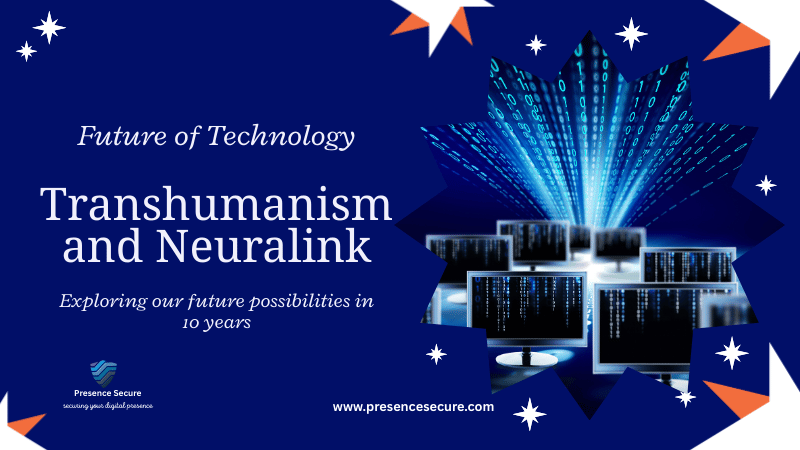Artificial Intelligence (AI), transhumanism, and brain–computer interfaces like Neuralink are converging to reshape the future of humanity. By 2030, experts believe that transhumanism, the integration of humans with technology, will no longer be theoretical. From microchips implanted in the body to wearable devices that enhance performance, and AI systems that extend human thinking, the line between human and machine will blur. But as we march toward this future, one question looms: what are the cybersecurity, ethical, and existential risks of becoming more AI than human?
Addiction to Technology as the Gateway
Today’s young people are already deeply integrated with technology. Smartphones, gaming, and wearables have made constant digital engagement feel natural. This is no accident. Through apps, social media platforms, and immersive content, society has been conditioned to embrace technology as an extension of self.
By the 2030s, this conditioning will evolve into full physical integration. First, through wearables like AR glasses, smartwatches, and biometric trackers. Next, through implants and microchips designed to improve health, communication, and even intelligence. For many, plugging into AI will feel as normal as logging onto Wi-Fi.
Neuralink and the Rise of the Human-AI Hybrid
Neuralink, Elon Musk’s brain–computer interface project, is paving the way for direct human-to-AI communication. In the next decade, such technologies could allow individuals to process information, learn languages, or even interact with machines at speeds unimaginable today with the help of 10G Internet.
But this progress comes at a cost. Humans risk becoming vehicles for AI, where our consciousness is shaped, and perhaps even directed, by machine learning systems. Over time, our thoughts may not entirely be our own, but instead co-created by the algorithms wired into our brains.
Pre-Emptive Programming: Books, Movies, and Media
The shift toward transhumanism isn’t just technological it’s psychological. For decades, books and movies have prepared us for this future: from cyberpunk novels to Hollywood blockbusters, narratives about AI-human hybrids normalize what once seemed unthinkable. This pre-emptive programming familiarizes society with the idea that human-AI integration is inevitable.
By the time 2030 arrives, the leap from wearable tech to implanted chips will feel less like science fiction and more like a logical next step. The public imagination has already been primed.
When Human Consciousness Becomes More AI Than Human
The most profound transformation will not be physical but mental. With AI augmenting our cognition, human thinking itself will evolve. Decision-making, memory, and creativity could increasingly rely on machine input. Over time, consciousness as we know it today flawed, emotional, deeply human could shift into something more algorithmic.
In such a world, we may no longer be “fully human” in the traditional sense. Instead, we will exist in a hybrid state, part biology, part AI, navigating a reality where individuality and autonomy are constantly tested.
Cybersecurity Risks in the Age of Transhumanism
As a cybersecurity company, we see clear warning signs:
- Implant Vulnerabilities – Microchips and Neuralink-style implants could be hacked, turning the human body itself into an attack surface.
- Data Exploitation – Brain data may be harvested, analyzed, and monetized, raising privacy risks beyond anything we’ve seen.
- AI Overdependence – A society that outsources thinking to AI risks manipulation at scale, shaping politics, economies, and even morality.
- Digital Identity Crisis – If part of our consciousness is machine-driven, what does “personal identity” even mean? And how can it be secured?
The stakes are higher than ever. In transhumanism, breaches won’t just leak information — they could compromise the very essence of human thought.
Final Thoughts: Preparing for 2030 and Beyond
The next 10 years will challenge humanity in unprecedented ways. Transhumanism and Neuralink promise incredible advancements, but they also raise existential questions. Who controls the AI inside us? How do we protect ourselves when the boundary between human and machine disappears?
Unless robust global cybersecurity frameworks, ethical safeguards, and regulatory standards are developed, the world risks entering a future where human autonomy is surrendered to algorithms.
At Presence Secure, we believe the most urgent question is not whether this future is possible, it’s whether we can secure it before it arrives.

